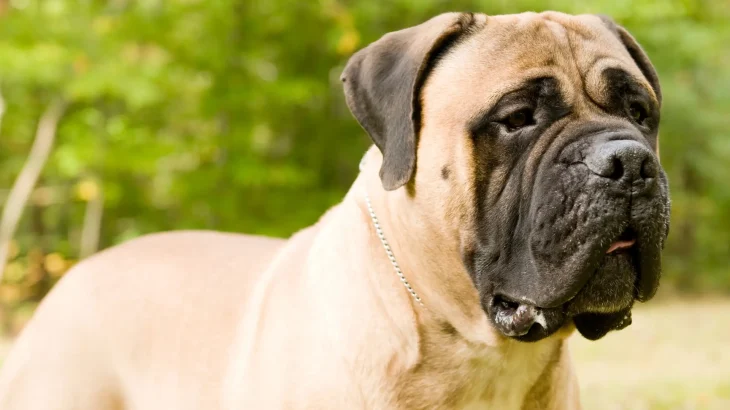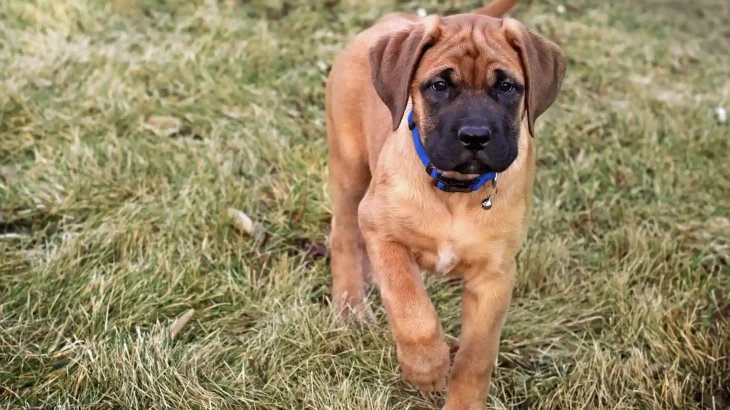Pet insurance for a strong breed like the Boerboel is important for responsible ownership, providing a financial safety net against unexpected veterinary expenses. While Boerboels are generally healthy, accidents and illnesses can lead to costly treatments. Their size also makes liability coverage essential, protecting owners from potential damage or injury claims. Understanding policies and coverage helps protect both your dog and your wallet.
Why Pet Insurance Matters for Your Boerboel
Owning a Boerboel means being ready for unexpected health problems or accidents. Insurance eases the financial burden of vet bills for injuries or illnesses. Emergency treatments, like surgery or poisoning care, can be expensive. Insurance helps ensure your pet receives proper care without overwhelming costs.
What Pet Insurance Covers
Policies generally cover accidents and illnesses, including emergency care, tests, surgeries, medications, and specialist visits. Most exclude pre-existing conditions and routine care such as vaccines, though some offer optional wellness plans.
Owner's Financial Responsibility
Insurance rarely covers 100% of costs. Owners usually pay deductibles (fixed amounts before coverage starts), co-pays (a share of costs), and face annual limits. For example, with a $250 deductible and a $600 bill, you'd pay $250 plus a percentage of the remaining $350. Costs beyond limits are out-of-pocket.
Liability Coverage for Boerboels
Due to their size and protective nature, liability coverage is important. This is often separate from health insurance and might be part of homeowner's or renter's insurance. It covers injuries or property damage caused by your dog. Some policies exclude certain breeds, so special liability insurance or solid general liability coverage is wise.
Pros and Cons of Pet Insurance
Pet insurance provides peace of mind and financial help for expensive care. However, premiums can rise with age, and some costs like pre-existing or routine care are excluded. Deductibles and co-pays mean some expenses remain.
Alternatives to Pet Insurance
Alternatives include saving regularly to self-insure, which demands discipline but avoids premiums. Credit or payment plans can help, though may include interest. Relying on others is less dependable.



















































